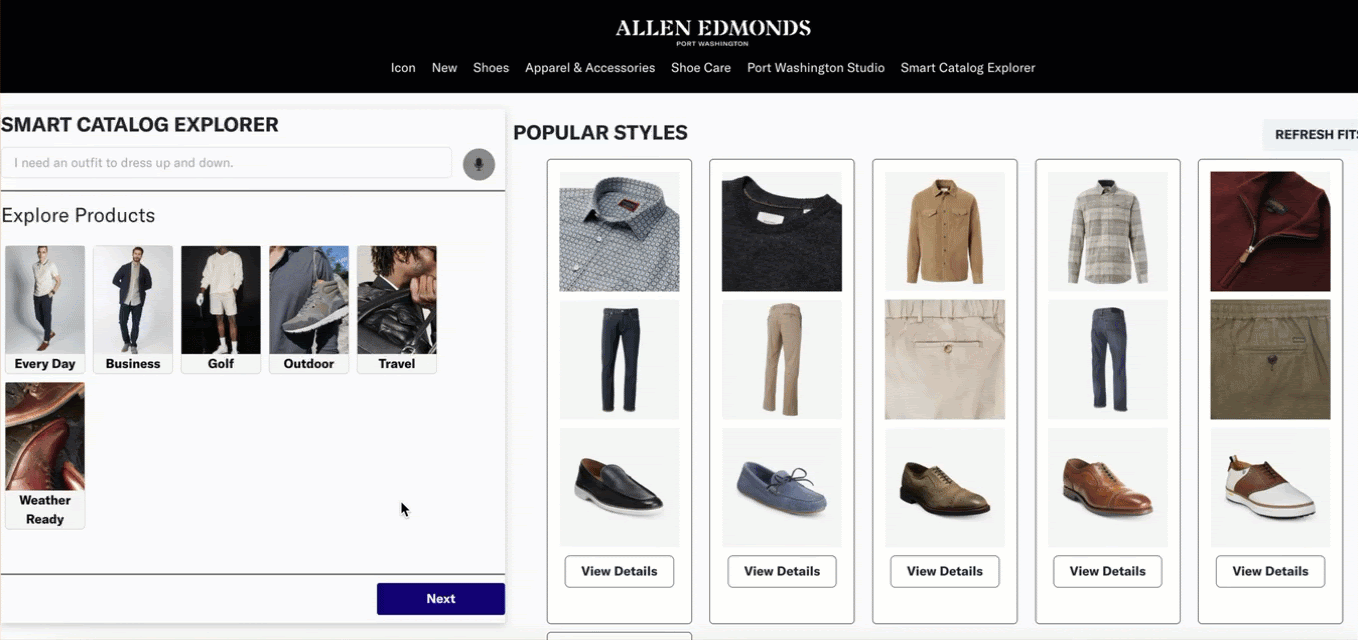Guided Selling and CPQ: A Guide for Manufacturers
In today's fast-paced manufacturing world, staying competitive means adopting advanced tools and strategies. Guided selling and configure, price, quote (CPQ) solutions are transforming how manufacturers operate, making the sales process smoother and more efficient. This article explores how these technologies work together to improve sales, enhance customer experience, and boost revenue.
Key Takeaways
- Guided selling in CPQ helps sales teams offer accurate and personalized product recommendations, improving customer satisfaction.
- Combining guided selling with CPQ streamlines the sales process, reducing the time spent on manual tasks and minimizing errors.
- Manufacturers can benefit from real-time pricing guidance and visual configuration tools, making it easier to meet customer needs.
- Implementing guided selling in manufacturing involves clear steps, from understanding customer needs to integrating with existing systems.

Understanding Guided Selling in CPQ
Defining Guided Selling
Guided selling is a customer-focused approach that helps buyers find the best products or services based on their needs and preferences. It uses smart tools and workflows to guide users through the selection process, ensuring they make informed decisions.
The Role of CPQ in Guided Selling
CPQ plays a key role in guided selling. It helps sales teams create accurate quotes quickly by automating complex pricing and configuration tasks. The CPQ guided selling feature filters products on the configuration page, making it easier for users to find what they need and for sales teams to access this information as well.
The Benefits of Integrating Guided Selling with CPQ
- Improved Sales Efficiency. Guided selling speeds up the quoting process, allowing sales teams to focus more on customer relationships.
- Enhanced Customer Experience. By providing personalized and configurable recommendations, guided selling makes customers feel supported and valued.
- Increased Sales Effectiveness. It helps identify upsell and cross-sell opportunities, boosting revenue.
- Reduced Errors and Revisions. Rules-based logic ensures that only valid options are selected, minimizing human error for a more satisfied customer and less product waste.
- Data-Driven Insights. Guided selling generates valuable data that can be used to refine sales strategies and product offerings.
Integrating guided selling with CPQ not only streamlines the sales process but also enhances the overall customer experience, leading to higher satisfaction and loyalty.
Key Features of Guided Selling in CPQ
Intuitive Configuration Wizards
Guided selling in CPQ often includes intuitive configuration wizards. These wizards ask users questions about their needs and preferences. Based on the answers, the wizards adjust options and configurations to ensure the final solution meets the customer's specifications and is in stock.
Rules-Based Logic
Guided selling uses rules-based logic to enforce constraints and validations during the configuration process. This ensures users can only select valid options, preventing errors and inconsistencies in the final quote.
Real-Time Pricing Guidance
CPQ systems provide real-time pricing guidance based on configured options, discounts, and pricing rules. This helps sales representatives generate accurate quotes quickly while ensuring pricing remains competitive, transparent, and aligned with company policies.
Visual Configuration
Many CPQ solutions offer visual configuration capabilities. Users can see the impact of their selections in real-time through interactive visualizations and 3D product models. This enhances the configurator's usability and helps buyers make informed decisions, as well as imparting with a sense of ownership.

Implementing Guided Selling in Manufacturing
Steps to Implement Guided Selling
Start by defining the goals and requirements for your guided selling implementation. Consider factors such as the complexity of your product offerings and customer needs. Follow these steps:
- Identify key objectives and metrics for success.
- Choose the right CPQ software that fits your business needs.
- Train your sales team on how to use the new system effectively.
- Integrate the CPQ system with your existing ERP and CRM systems.
- Continuously monitor and optimize the system based on feedback and performance data.
Or, if you have an existing CPQ, simply sign up for Threekit's Visual Discovery AI, which integrates with a variety of CPQ, CRM, and ERP systems, and begin guided selling immediately with our headless solution.
Best Practices for Manufacturers
To get the most out of guided selling, manufacturers should follow these best practices:
- Plan Ahead: Address potential points of friction in the buyer's journey.
- Provide Choices: Offer multiple product options to help buyers make informed decisions.
- Integrate with Business Tools: Use real-time data from CRM and ERP systems to support sales efforts.
By following these steps and best practices, manufacturers can successfully implement guided selling and improve their sales processes.
Enhancing Sales Efficiency with Guided Selling and CPQ
Streamlining the Sales Process
Guided selling in CPQ helps streamline the sales process by automating many of the manual tasks that sales teams typically handle. This includes generating accurate quotes and configuring products based on customer needs. By reducing the time spent on these tasks, sales representatives can focus more on building relationships and closing deals.
Reducing Errors and Revisions
One of the key benefits of integrating guided selling with CPQ is the reduction of errors and revisions. The rules-based logic and validation checks ensure that quotes are accurate and consistent, minimizing the risk of pricing discrepancies or configuration errors. This leads to fewer revisions and a smoother sales process overall.
Leveraging Data-Driven Insights
Guided selling generates valuable data and insights about customer preferences, product usage, and buying patterns. This data can be used to refine sales strategies, optimize product offerings, and identify market trends and opportunities. By leveraging these insights, manufacturers can make more informed decisions and improve their overall sales efficiency.
With guided selling and CPQ, manufacturers can drive sales efficiency now by creating customized quoting processes that improve accuracy and reduce complexity.

Future Trends in Guided Selling and CPQ
AI and Machine Learning in Guided Selling
Artificial intelligence (AI) and machine learning (ML) are transforming guided selling. These technologies provide intelligent recommendations based on data and real-time dynamics. For example, AI can analyze customer preferences and suggest the best product configurations, making the sales process smoother and more efficient.
Integration with IoT and Industry 4.0
The Internet of Things (IoT) and Industry 4.0 are revolutionizing manufacturing. By integrating CPQ with IoT, manufacturers can gather real-time data from connected devices. This data helps in creating more accurate quotes and better product configurations, enhancing the overall customer experience.
The Evolution of Customer Expectations
Customer expectations are constantly evolving. Today’s customers demand personalized and quick solutions. Guided selling, powered by CPQ, meets these demands by offering tailored recommendations and reducing the time needed to generate quotes. This not only improves customer satisfaction but also boosts sales efficiency.
As technology advances, the integration of AI, IoT, and evolving customer expectations will continue to shape the future of guided selling and CPQ in manufacturing.
%20(1).png?width=578&height=368&name=cpq-003%20(1)%20(1).png)
Conclusion
Guided selling and CPQ simplify the sales process, making it easier for sales teams to provide accurate quotes and configurations. This not only boosts sales efficiency but also enhances the customer experience by offering personalized recommendations. By integrating these tools, manufacturers can stay competitive, meet customer demands more effectively, and ultimately drive higher revenue.
Looking to learn more? Contact Threekit to see our guided selling solution in action, and learn how to integrate it seamlessly into your CPQ software.


